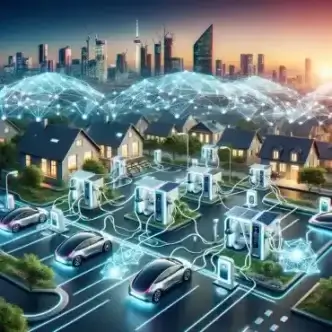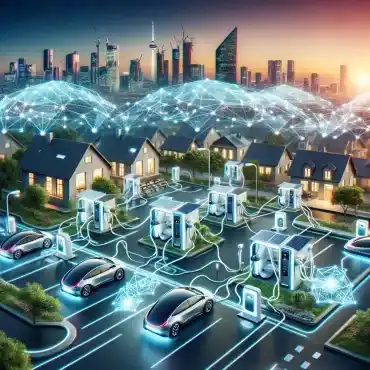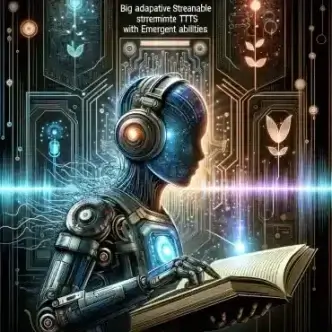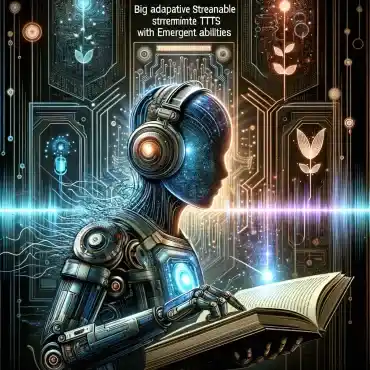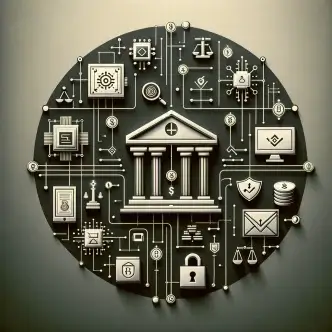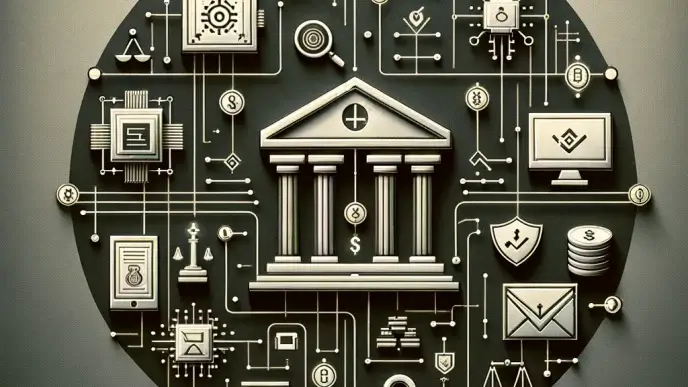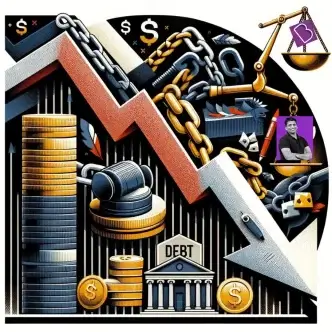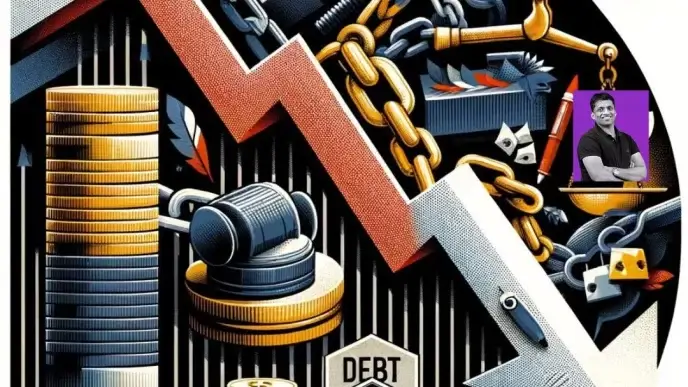Web3, often referred to as the third generation of the internet, represents a paradigm shift towards a decentralized online ecosystem. It is built on the foundational principles of blockchain technology, which ensures transparency, security, and immutability of data. The key components of Web3 include:
- Blockchain: A distributed ledger technology that records transactions across multiple computers in a way that ensures the integrity and security of data.
- Decentralized Applications (DApps): Applications that run on a blockchain network, ensuring that they are not controlled by a single entity and are resistant to censorship.
- Smart Contracts: Self-executing contracts with the terms of the agreement directly written into code. These contracts automatically enforce and execute the terms of the agreement without the need for intermediaries.
Overview of Electric Mobility and its Significance in Sustainable Transportation
Electric mobility, or e-mobility, refers to the use of electric vehicles (EVs) as a sustainable alternative to traditional internal combustion engine vehicles. The significance of electric mobility in sustainable transportation lies in its potential to reduce greenhouse gas emissions, decrease dependence on fossil fuels, and improve air quality. Key aspects of electric mobility include:
- Electric Vehicles (EVs): Vehicles powered by electric motors, which can be charged from an external electricity source.
- Charging Infrastructure: The network of charging stations that provide electricity to recharge EVs, which is crucial for the widespread adoption of electric mobility.
- Battery Technology: Advances in battery technology are essential for improving the range, efficiency, and affordability of EVs.
The integration of Web3 technologies into the electric mobility sector holds the promise of revolutionizing the way we think about transportation, energy distribution, and environmental sustainability.
The Intersection of Web3 and Electric Mobility
Web3 technologies offer transformative potential for electric vehicle ecosystems by leveraging blockchain, smart contracts, and digital assets. These advancements can lead to enhanced efficiency, security, and user experience in various aspects of electric mobility.
- Decentralized Charging Networks: Web3 can facilitate the creation of decentralized charging networks where EV owners can access a wide array of charging stations, transact securely, and even participate in peer-to-peer energy trading.
- Improved Battery Management: By leveraging blockchain and smart contracts, Web3 can enable better tracking and management of EV batteries, ensuring their optimal performance and longevity.
Enhanced Data Security: Web3’s inherent security features can protect sensitive data related to EV usage, charging patterns, and user information, fostering trust and privacy in the ecosystem.

Image generated by DALL-E
The Role of Blockchain in Secure and Transparent EV Transactions
Blockchain technology plays a pivotal role in ensuring secure and transparent transactions within the electric mobility sector.
- Secure Payments: Blockchain enables secure and transparent payment mechanisms for charging services, eliminating fraud and reducing transaction costs.
- Transparent Maintenance Records: By storing vehicle maintenance and repair records on a blockchain, stakeholders can access a transparent and tamper-proof history of the vehicle, enhancing trust and resale value.
- Smart Contracts for Automated Transactions: Smart contracts can automate various transactions, such as billing for charging services or executing energy trades, ensuring efficiency and reducing manual intervention.
Use Cases of Web3 in Electric Mobility
Decentralized Charging Networks
- Peer-to-Peer Energy Trading and Smart Charging: Blockchain technology enables the creation of decentralized energy grids, where electric vehicles (EVs) can store and trade excess renewable energy. This peer-to-peer (P2P) energy trading allows for more efficient use of green energy and reduces the need for expensive battery storage systems.
- Blockchain-Enabled Payment Systems for EV Charging: The integration of blockchain into EV charging networks facilitates secure and transparent payment mechanisms. This allows for automated billing and settlement processes, reducing transaction costs and enhancing user convenience.
Tokenization of EV Assets
- Digital Ownership and Leasing of EVs and Batteries: Blockchain technology enables the tokenization of EV assets, allowing for digital ownership and leasing. This can simplify the process of transferring ownership or leasing EVs and batteries, providing a secure and transparent record of transactions.
- Incentivizing Sustainable Driving Behaviors with Tokens: Tokenization can also be used to reward sustainable driving behaviors. For example, drivers who charge their EVs with renewable energy or participate in energy-sharing programs can earn tokens that can be redeemed for discounts or other benefits.
Supply Chain Transparency
- Tracking the Origin and Lifecycle of EV Components: Blockchain can provide transparency in the EV supply chain by tracking the origin and lifecycle of components such as batteries. This ensures ethical sourcing and helps manufacturers and consumers make informed decisions.
- Ensuring Ethical Sourcing and Reducing Carbon Footprint: By providing a transparent and immutable record of the supply chain, blockchain technology can help ensure that EV components are sourced ethically and sustainably. This can contribute to reducing the overall carbon footprint of EVs.
Challenges and Opportunities
Integrating Web3 technologies with electric mobility presents several technical challenges. These include scalability issues, where the current infrastructure may not support large-scale deployment of blockchain and decentralized applications (DApps). Additionally, the interoperability between different blockchain platforms and existing EV and energy systems can be complex, requiring significant development to ensure seamless communication. Another challenge is energy consumption, particularly for blockchain networks that rely on Proof of Work (PoW) consensus mechanisms, which could contradict the sustainability goals of electric mobility.
Regulatory and standardization hurdles are significant obstacles to the widespread adoption of Web3 technologies in electric mobility. The lack of clear regulatory frameworks for blockchain and cryptocurrencies can hinder the development and implementation of these technologies in EV ecosystems. Moreover, standardizing protocols for blockchain applications in electric mobility is crucial for compatibility and interoperability among different systems and jurisdictions. This requires collaboration between industry players, regulators, and standardization bodies.
Despite these challenges, there are significant opportunities for innovation and collaboration in the intersection of Web3 and electric mobility. Web3 technologies can foster new business models, such as decentralized energy markets and peer-to-peer charging solutions, which can make electric mobility more accessible and efficient. Additionally, the transparent and secure nature of blockchain can help build trust in EV transactions and supply chains, encouraging more consumers and businesses to adopt electric vehicles.
Collaboration among automakers, tech companies, energy providers, and governments can accelerate the development of standards and regulatory frameworks that support the integration of Web3 technologies with electric mobility. Such partnerships can also drive innovation in charging infrastructure, smart grids, and renewable energy integration, paving the way for a more sustainable and efficient transportation ecosystem.
Future Outlook
The integration of Web3 technologies into electric mobility has the potential to significantly impact the widespread adoption of electric vehicles (EVs). Blockchain, as a key component of Web3, can enhance the security, transparency, and efficiency of EV transactions, charging infrastructure, and energy trading. Smart contracts can automate billing and payment processes, reducing administrative costs and improving user experience. Additionally, the use of decentralized applications (DApps) and tokenization can incentivize sustainable driving behaviors and promote the use of renewable energy sources for EV charging. Overall, Web3 technologies can contribute to building a more robust and user-friendly electric mobility ecosystem, encouraging greater adoption of EVs.
- Emerging Trends and Technologies in the Intersection of Web3 and Electric Mobility
Decentralized Charging Networks: Projects like the Mobility Open Blockchain Initiative (MOBI) are exploring the use of blockchain to create decentralized EV charging networks, enabling peer-to-peer energy trading and optimizing the use of renewable energy sources. - Tokenization of EV Assets: Tokenizing EV assets, such as batteries or charging credits, can create new economic models for EV ownership and usage, potentially lowering barriers to entry for consumers.
- Digital Identities for EVs: Blockchain can provide secure digital identities for EVs, enabling seamless integration with smart infrastructure, personalized services, and participation in decentralized energy systems.
- Supply Chain Transparency: Blockchain can enhance transparency in the EV supply chain, ensuring ethical sourcing of materials and promoting sustainability in manufacturing processes.
- Integration with Smart Grids: As smart grids evolve, the integration of Web3 technologies can facilitate better management of energy distribution, storage, and consumption, aligning with the needs of EV users and the grid.
As these trends and technologies continue to develop, the intersection of Web3 and electric mobility is poised to play a crucial role in shaping the future of transportation, energy, and sustainability.
A Final Word
The integration of Web3 technologies into electric mobility presents a transformative potential that can revolutionize the way we think about transportation and energy. Blockchain, smart contracts, and decentralized applications (DApps) offer opportunities to enhance the security, efficiency, and sustainability of electric vehicles (EVs) and their supporting infrastructure. From decentralized charging networks and peer-to-peer energy trading to tokenization of EV assets and supply chain transparency, Web3 technologies can contribute to building a more robust, user-friendly, and sustainable electric mobility ecosystem.
To fully realize the potential of Web3 in electric mobility, it is imperative for stakeholders in both sectors to collaborate and innovate. Automakers, technology companies, energy providers, policymakers, and consumers must work together to develop standards, regulatory frameworks, and innovative business models that support the integration of Web3 technologies into the electric mobility landscape. By fostering collaboration and encouraging innovation, we can accelerate the transition to a more sustainable and efficient transportation future powered by electric mobility and Web3 technologies.
____________
Written by: Techquity India
